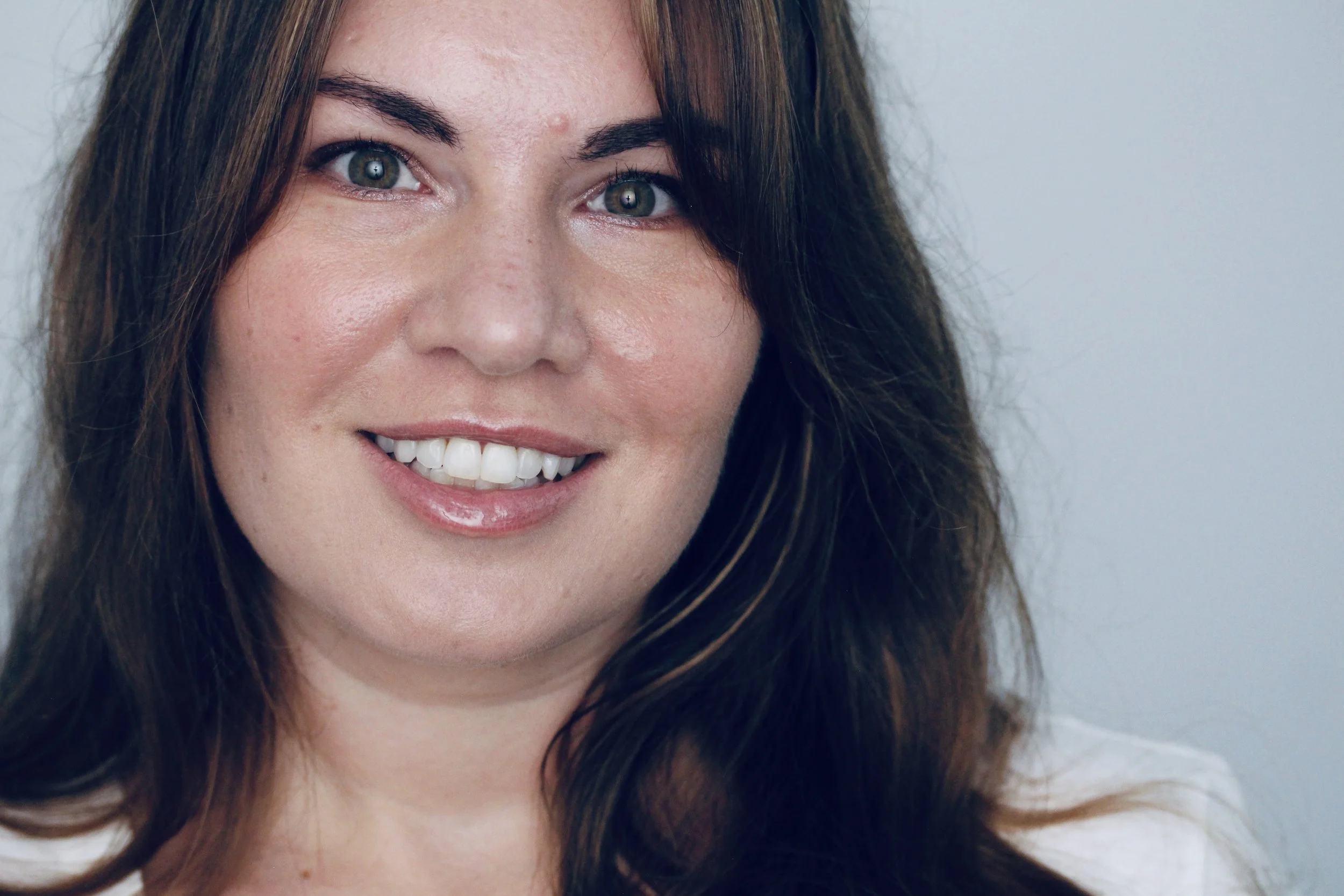How to apply blush
/Chanel's Innocence
Blush, at first glance it's fairly innocuous, but when placed in the hands of a blush newbie, things like this..
Blush headlights, a.k.a. The Kewpie Doll effect: colour is placed directly on the cheeks and not blended out very well.
And this, can happen.
The Robert Palmer: Might as well face it, bad makeup can happen to good people. Talk about blush and lippie overload!
Choose your blush
Where to begin? Let's start with blush colour selection -- use this as a guide, and feel free to break the rules depending on the occasion, time of year or even your mood. Just be sure to tweak the rest of your makeup, so the blush doesn't become a blinding focal point (see above).
- Know your tone, e.g. fair, light, neutral, medium, olive, and dark.
- Temperature check - are you warm, cool or neutral? Don't know? Here's the best tip I learned from former L'Oreal expert, Bronwyn Fraser: hold up a blue blouse and then swap it for an orange one. Does your skin sing with blue? Well, you're cool toned. Orange? You're warm toned, babe. Look good in both, lucky you! You're as neutral as Switzerland. The same theory applies to jewellery: silver = cool; gold = warm; silver and gold = neutral.
- Cream or powder: this all depends on your skin type (dry, oily, or peachy keen normal), and chosen application method. I like to use my fingers whenever I apply a cream blush as this approach warms up the product while blending. Powder and a brush is a match made in heaven. Heck, layer powder blush over cream to prolong staying power.
Print me out: A very small sample of blush colour options based on various skin colours
Choose your brush
Once you've selected at least two hues, think day to night, etc. -- grab a brush, but please remember no two brushes were created equally.
Blush Brush rush Options
The Domed Blush Brush: Rounded head, medium in size, designed to leave a subtle touch of colour behind.
The Pointy Domed Blush Brush: Tapered head, medium in size, which also functions similarly to the domed blush brush.
The Petite Angled Blush Brush: Angled/tapered head with dense bristles; perfect for executing a sculptured cheek, and defining the cheekbones.
The Large Angled Brush: Angled, fluffier head to shape cheeks.
I selected these four brushes as they're all great multi-taskers: highlight, contour, define, and finish.
Blush + Brush = Time to apply, but where?
The go / no go zones
Depending on the shape of your face, blush application may fall a little higher, lower, centred and farther up the cheek toward the temples. The triangle-shaped area is a rough guide for you to begin working in, however, this face chart from the blondeshell provides specific areas for blush application.
If you're uncertain where your cheeks begin and end, smile wide, and work to apply blush from the most prominent place, the peaks of your cheeks. Work in a sweeping, outward motion when applying blush. Tapping while moving the brush toward the ears is just as effective.
As for the white areas, think of them as no man's land; under no circumstances does the brush ever enter this territory. Blush creepage often leads to blush overload, thus closing in the the shape of your face.
Applied too much colour? Use your foundation brush to dial down the intensity.
More tips..
Suck in your cheeks
This method helps to pronounce the hollows of your cheeks. If your blush dips down into this area you've gone too far. To fix this simply buff the blush away in these areas with your foundation brush.
Order of Operations: Apply lipstick first (wearing NARS Annabella on my lips)
Then apply blush. By applying your makeup in this manner you can then gauge how much blush you really need.
Go forth and blush, my friends. Just don't make yourself look like a Kewpie Doll.
//image sources: Kerry Washington, Nimrat Kaur, Rashida Jones, Natalie Portman, Jennifer Lopez, Amy Poehler, Christina Hendricks, and Nicole Warne.














